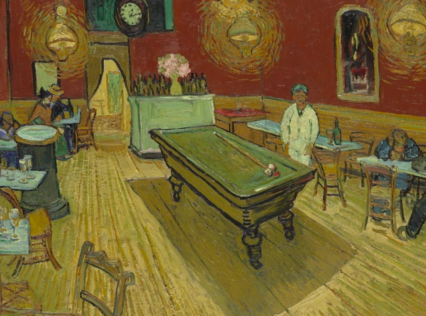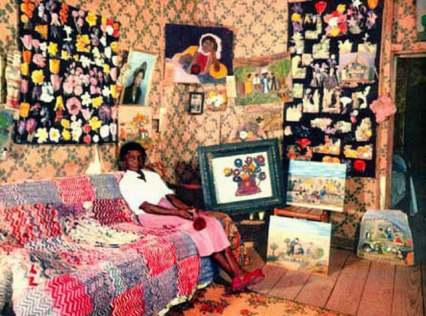Buying Mid-Century Vintage Furniture
As a nation of style seekers, we have, for about the past fifteen years, embraced a new age of Minimalism. Young and mid-career collectors no doubt have fond memories of this furniture from their grandparents’ homes. Others simply admire the sleek, strong lines of mid-century taste. Interestingly, the spare look was originally a reaction to elaborate antiques. Some of it was designed by the architects like Meis van der Rohe and Charles and Ray Eames of the International style house so popular among the upper classes and modified for the tract-housing provided GIs.
American makers like Herman Miller, Gunlocke and Heywood Wakefield, Harry Bertoia, George Nelson, Issamu Noguichi and George Nakashima are among the top sellers today. European modernist designers include Corbusier, Jean Prouve, Ettore Scottsass, Marcel Breuer. There are more, many more. For a list of the Top 25, I suggest you look at Complex.com.

The original vintage designs can run into stratospheric numbers. So before you buy, take a tip or two from The Appraisal Group. This short list of things to know will help you purchase well and maintain your mid-century modern furniture for generations to come.
- Look for structural stability. Remember, the by-word of the era was form over function. Be sure you see tight joints, veneers that are solidly in place and not detaching from the surface or warped. Leather and rubber surfaces should be free of cracks.
- If the damage you see is merely dirt, you can clean the furniture yourself. Start with oil soap and water. Heavy build-up may require mineral spirits. (Be sure to test these on an inconspicuous spot before committing.)
- For water stains, try Magic Eraser or vinegar. Do not use spray polishes on oiled wood.
- For steel and brass, use a metal polish and soft cloth. Aluminum can take automotive cleaner you find at automotive stores.
- If fabric is damaged or if you want to give a knock-off a vintage look, the manufacturers make it easy for you. Most of the famous makers still have original design fabrics in production . (The cost may be high, but definitely worth it if you want to maintain the original luxurious look.
- As The Appraisal Group always advises, be sure to get an appraisal for insurance replacement costs should anything happen to your mid-century find.








 Dec 16, 2022
Dec 16, 2022 






